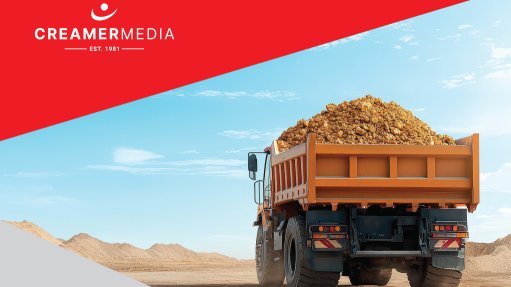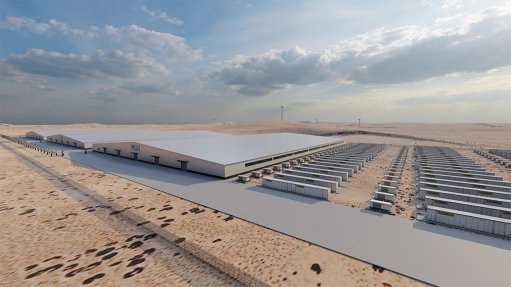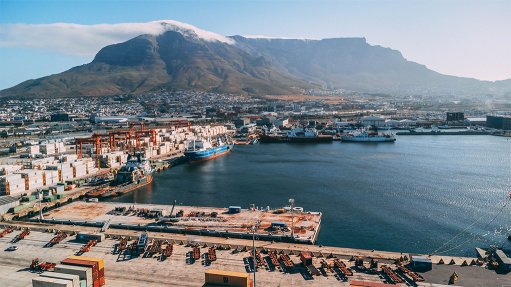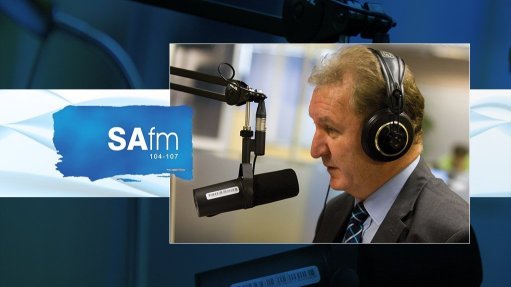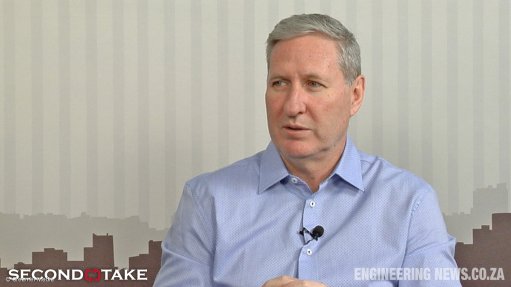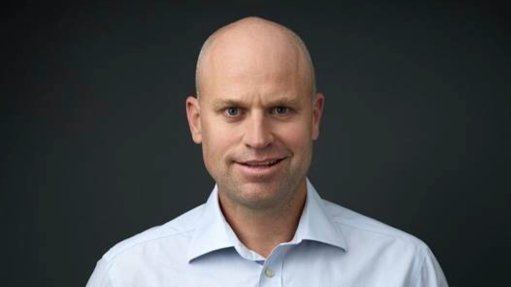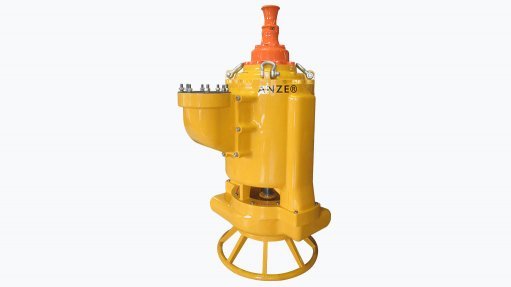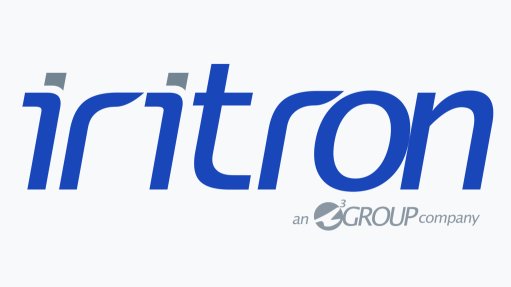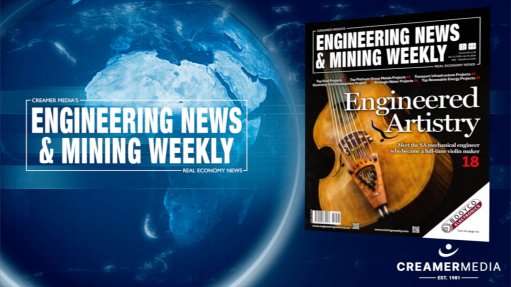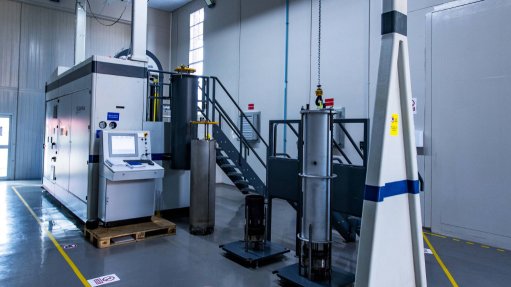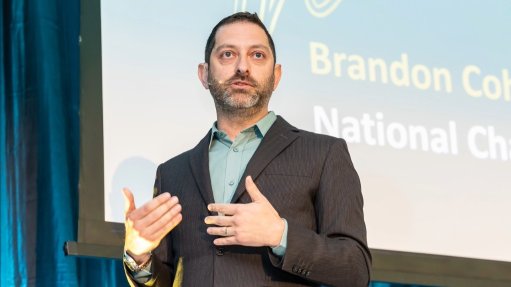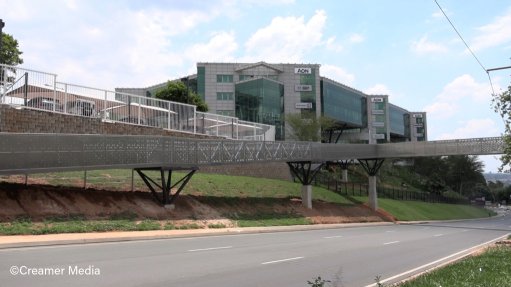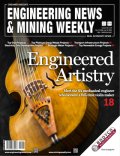Fugitive material control improves conveyor efficiency

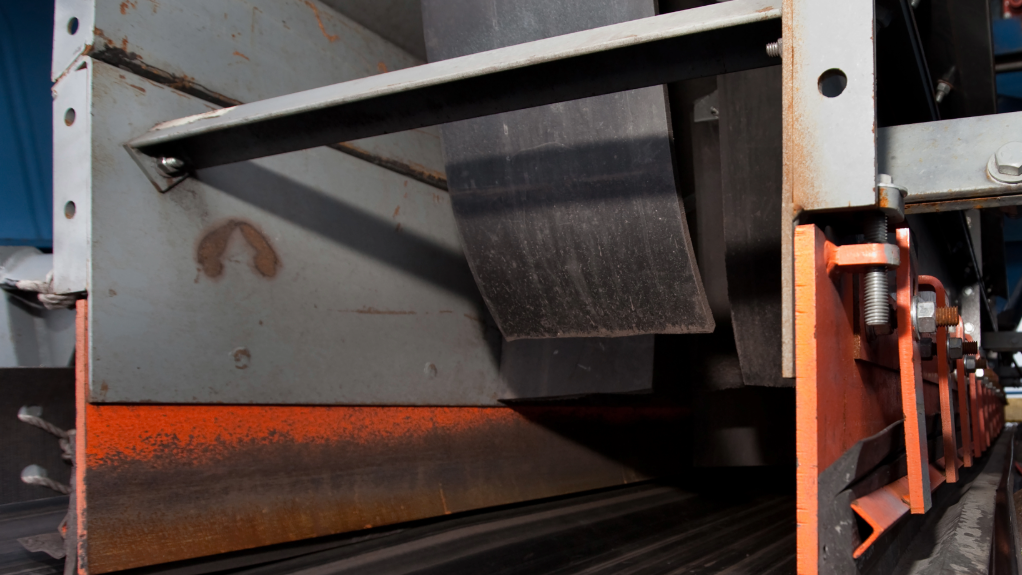
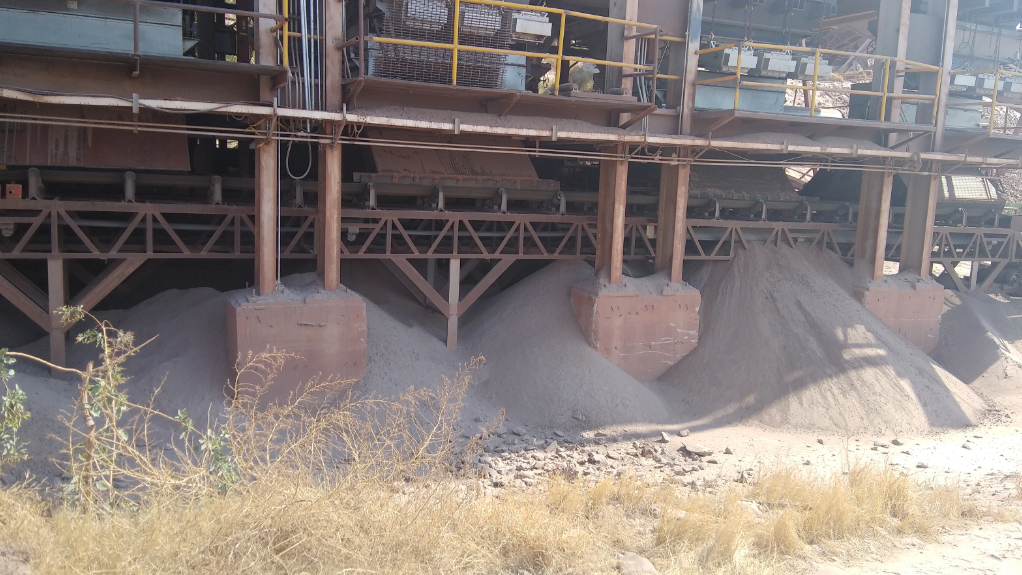
ELEVATED ENCLOSURE A properly structured enclosure is slightly elevated, with dust curtains, an external wearliner, and adequate skirting.
FUGITIVE MATERIAL MANAGEMENT Effective fugitive material management will reduce downtime caused by spillage
Although most conveyors experience some degree of material loss owing to spillage, leakage, dust and carryback – collectively known as fugitive materials – Martin Engineering president emeritus Todd Swinderman reports that the issue, while not possible to completely eliminate from bulk material handling conveyors, can be effectively managed, leading to cleaner, safer and more productive operations.
Losses resulting from fugitive materials can range from 3% in poorly operated and maintained systems, to less than 0.1% in world-class operations, he says.
The symptoms of a failure to control fugitive materials include unplanned downtime, excessive cleaning costs, premature equipment failure, regulatory violations and safety incidents, notes Swinderman.
“Addressing these symptoms with workable, long-term solutions will enhance performance, housekeeping and safety, and boost profitability.”
The nature of fugitive material problems from any conveyor is indicated by the location and particle sizes of the accumulations.
Fugitive materials, he says, are generally categorised into spillage, leakage, dust and carryback.
Spillage escapes the belt and collects under the conveyor in both the loading and discharge zones.
“Piles of spillage accumulate rapidly and occur due to overloaded belts, mistracking and insufficiently sealed loading and discharge zones. This is best remedied with Martin Engineering’s Skirtboard Liner. A wearliner and a canoe liner protect the enclosure from abrasion wear.”
Designing a longer and taller skirtboard enclosure with dust curtains will help control airflow and dust emissions, says Swinderman.
He adds that access for cleaning and maintenance can reduce downtime by 33% and significantly decrease exposure to hazards. “If future capacity increases are likely, they should be planned for in the initial design.”
Swinderman explains that a properly structured enclosure is slightly elevated, with dust curtains, an external wearliner and adequate skirting.
While the source of the leakage may not be immediately apparent, he says leakage seeps, slowly accumulating in piles.
Here, Swinderman says, Martin Engineering’s Apron-Seal dual skirting along the skirt board rides the belt, creating a seal material from dust emissions. “Worn or inadequate skirting and wearliners can allow material to escape.”
In addition, dust commonly uses turbulent air to escape at the transfer point, he says, adding that, in some studies, working in a dusty environment reduces worker productivity by as much as 20%.
Combustible dust also presents fire and explosion hazards, along with health and safety risks.
To remedy this, Swinderman explains that Martin Engineering’s modular transfer point kit creates a loading zone, settling zone and stilling zone, separated by curtains, that control air flow and allow dust to settle back into the material stream.
Another cause of dust is carryback, which is fine material that adheres to the belt surface or gets trapped in imperfections after passing the belt cleaners. At the discharge and along the belt’s return path, material falls beneath the system, generating dust and accumulating, sometimes encasing the belt and rolling components, he says.
Best Practices for Better Material Control
While a common production “upgrade” is to increase the speed of the belt, Swinderman points out that fugitive material problems are roughly proportional to the speed of the conveyor or tonnage.
“If the belt speed is doubled, the fugitive material problem and cost of operation [clean-up, maintenance and equipment replacement] may also double.”
As such, careful consideration must be given to capacity calculations, the angle of belt incline, transfer point design and access for cleaning and maintenance, he advises.
“To enhance control of fugitive materials, it is advisable to derate the capacity to 80% or 90% of the theoretical capacity and employ slower belt speeds. Loading at an angle of less than five degrees and reducing the incline will help minimise flooding and material rollback at the tail.”
In all, managing fugitive material is a more economically and operationally sound choice than merely “chalking it up as the cost of doing business”, says Swinderman.
“The effect that spillage, dust and carryback have on an operation is a tangible reminder of unnecessary inefficiency.
By working with experts and installing modern solutions to age-old conveyor problems and practicing state-of-the-art maintenance, operators can significantly improve safety in the workplace and dramatically reduce the cost of operation,” he concludes.
Article Enquiry
Email Article
Save Article
Feedback
To advertise email advertising@creamermedia.co.za or click here
Comments
Press Office
Announcements
What's On
Subscribe to improve your user experience...
Option 1 (equivalent of R125 a month):
Receive a weekly copy of Creamer Media's Engineering News & Mining Weekly magazine
(print copy for those in South Africa and e-magazine for those outside of South Africa)
Receive daily email newsletters
Access to full search results
Access archive of magazine back copies
Access to Projects in Progress
Access to ONE Research Report of your choice in PDF format
Option 2 (equivalent of R375 a month):
All benefits from Option 1
PLUS
Access to Creamer Media's Research Channel Africa for ALL Research Reports, in PDF format, on various industrial and mining sectors
including Electricity; Water; Energy Transition; Hydrogen; Roads, Rail and Ports; Coal; Gold; Platinum; Battery Metals; etc.
Already a subscriber?
Forgotten your password?
Receive weekly copy of Creamer Media's Engineering News & Mining Weekly magazine (print copy for those in South Africa and e-magazine for those outside of South Africa)
➕
Recieve daily email newsletters
➕
Access to full search results
➕
Access archive of magazine back copies
➕
Access to Projects in Progress
➕
Access to ONE Research Report of your choice in PDF format
RESEARCH CHANNEL AFRICA
R4500 (equivalent of R375 a month)
SUBSCRIBEAll benefits from Option 1
➕
Access to Creamer Media's Research Channel Africa for ALL Research Reports on various industrial and mining sectors, in PDF format, including on:
Electricity
➕
Water
➕
Energy Transition
➕
Hydrogen
➕
Roads, Rail and Ports
➕
Coal
➕
Gold
➕
Platinum
➕
Battery Metals
➕
etc.
Receive all benefits from Option 1 or Option 2 delivered to numerous people at your company
➕
Multiple User names and Passwords for simultaneous log-ins
➕
Intranet integration access to all in your organisation







